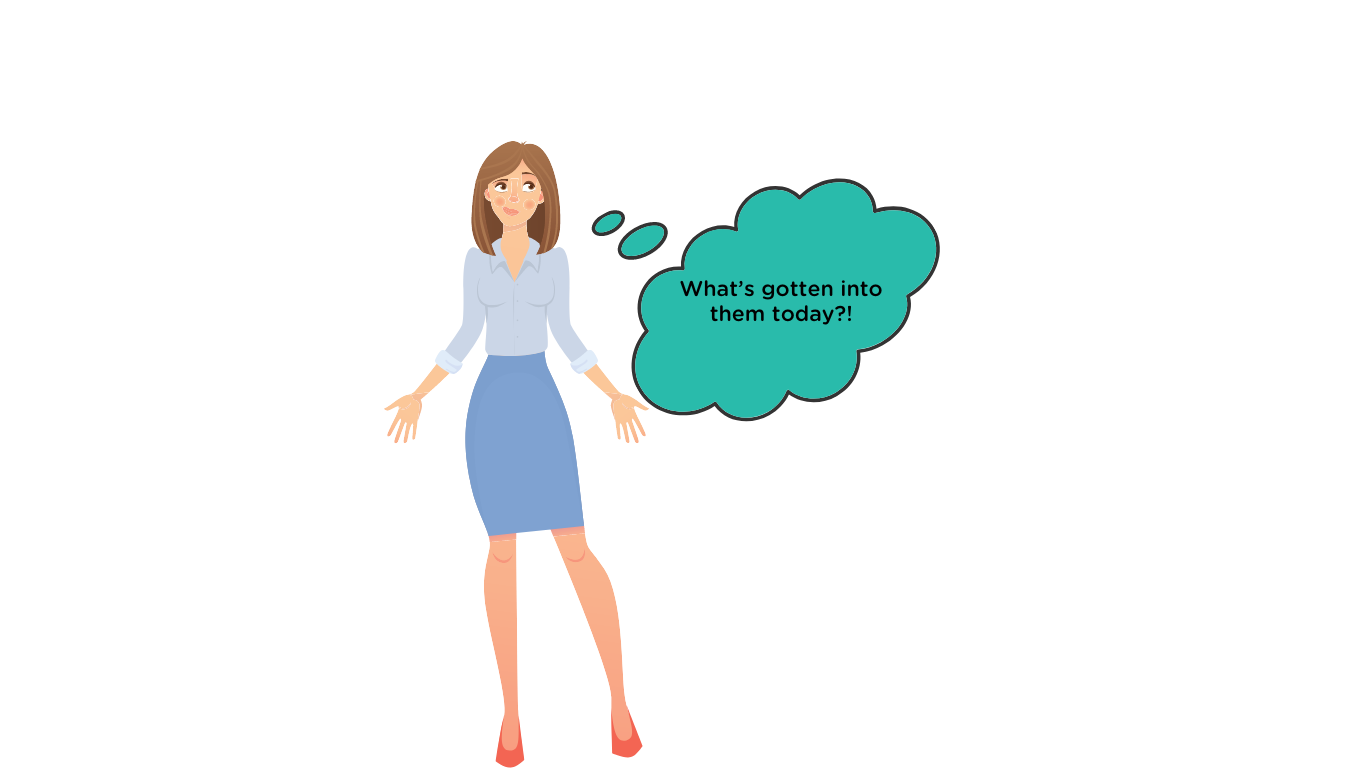Understanding the Complexities of ABA: Positive Impact and Potential Harms
Short answer? Yes, it can potentially be, but it’s a lot more complicated than that. While the application of the science of ABA can be positively life-changing for many individuals and their families, there are a number of ABA recipients who have been harmed by this type of therapy, developing PTSD at higher rates than their non-participating peers (Kupferstein, 2018). Many autistic people have assumed an anti-ABA stance, proclaiming all ABA to be abusive by its very nature.
As a late-diagnosed autistic, pro-ABA BCBA with ADHD who never received ABA, and who has also been an ABA practitioner for 15 years, I’m in kind of an odd position. If ABA can harm autistic people, how can I argue in its favor? I’ve worked with hundreds of families and personally seen ABA be incredibly helpful and make individuals happier and safer, and I’ve also seen it do nothing or make things worse. Yet, I still champion high-quality, person-centered, responsive, compassionate, humble, trauma-informed, collaborative, ethical, consistent, flexible, and brief ABA programs. These are the kinds of programs and clinicians that serve people in need.
And ABA can, and is, absolutely be applied for the greater good and quality of life for society. Meaningful incentivization can produce wonderful effects when people are otherwise unmotivated to change. We see this every day. MycuraJOY delivers content and learning that are based in ABA strategies because we know that they work. We do it unintrusively, privately, in small chunks, and in the form of family-based intervention. The strategies themselves are not inherently abusive. It’s what people are attempting to change that is the problem. Training autistic characteristics out of autistic people is abusive. Creating a positive plan to teach new skills in small steps that ultimately benefit the learner, like effective communication, is not.
ABA is not appropriate for every person, every behavior, or every skill. Many other disciplines also provide care for neurodivergent people, but for many, the systematic, repetitive, highly structured, home-based nature of ABA is exactly what is needed.
Insurance and providers owe it to families to educate them about autism, what ABA entails, the level of commitment it takes, possible side effects, available alternative treatments, and their active role on treatment teams. Providers should be incredibly discerning in assessing and determining “goodness of fit”. We should be in touch with our clients’ other therapies and seek guidance from other disciplines.
Many ABA practitioners have taken feedback from autistic adults and changed the way they practice as a result. Science and treatments are always evolving, and ABA is a newcomer that’s growing and changing. It wasn’t that long ago that psychologists were drilling holes in people’s skulls to let illnesses out and disabled people were categorically left to rot in sanitariums. We still have a long way to go, but as a young science, we are open to feedback and wish to evolve.





Leave a Reply